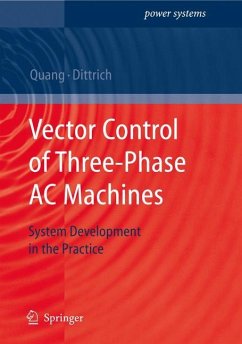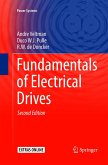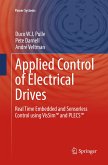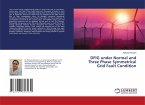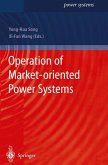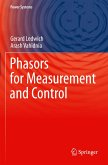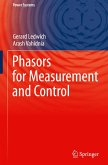The book deals with the problem area of the vector control of the three-phase AC machines like that one of the induction motor with squirrel-cage rotor (IMSR), the permanentmagnet excited synchronous motor (PMSM) and that one of the doubly fed induction machine (DFIM) from the view of the practical development. It is primarily about the use of the IMSR as well as the PMSM in the electrical drive systems, at which the method of the field-oriented control has been successful in the practice, and about the use of the grid voltage oriented controlled DFIM in the wind power plants.
After a summary of the basic structure of a field-oriented controlled three-phase AC drive, the main points of the design and of the application are explained. The detailed description of the design rules forms the main emphasis of the book. The description is expanded and made understandable by numerous formulae, pictures and diagrams. Using the basic equations, first the continuous and then the discrete machine models of the IMSR as well as of the PMSM are derived. The vectorial two-dimensional current controllers, which are designed with help of the discrete models, are treated in detail in connection with other essential problems like system boundary condition and control variable limitation. Several alternative controller configurations are introduced. The voltage vector modulation, the field orientation and the coordinate transformations are treated also from the view of the practical handling. The problems like the parameter identification, parameter adaptation and the management of machine states, which are normally regarded as abstract, are so represented that the book reader does not receive only attempts but also comprehensible solutions for his system.
The practical style in the description of the design rules of the drive systems are also continued consistently for the wind power systems using the DFIM. The represented control concept is provenpractically and can be regarded as pioneering for new developments.
The introduced control structures of the three machine types have led to a relatively mature stage of development in the practice. Some disadvantages have nevertheless remained at these linear control concepts, which have to be cleared only with nonlinear controllers. Going out from the structural nonlinearity of the machines, the suitable nonlinear models are derived. After that, nonlinear controllers are designed on the basis of the method of the "exact linearization" which proves to be the most suitable in comparison with other methods like "backstepping-based or passivity-based designs".
After a summary of the basic structure of a field-oriented controlled three-phase AC drive, the main points of the design and of the application are explained. The detailed description of the design rules forms the main emphasis of the book. The description is expanded and made understandable by numerous formulae, pictures and diagrams. Using the basic equations, first the continuous and then the discrete machine models of the IMSR as well as of the PMSM are derived. The vectorial two-dimensional current controllers, which are designed with help of the discrete models, are treated in detail in connection with other essential problems like system boundary condition and control variable limitation. Several alternative controller configurations are introduced. The voltage vector modulation, the field orientation and the coordinate transformations are treated also from the view of the practical handling. The problems like the parameter identification, parameter adaptation and the management of machine states, which are normally regarded as abstract, are so represented that the book reader does not receive only attempts but also comprehensible solutions for his system.
The practical style in the description of the design rules of the drive systems are also continued consistently for the wind power systems using the DFIM. The represented control concept is provenpractically and can be regarded as pioneering for new developments.
The introduced control structures of the three machine types have led to a relatively mature stage of development in the practice. Some disadvantages have nevertheless remained at these linear control concepts, which have to be cleared only with nonlinear controllers. Going out from the structural nonlinearity of the machines, the suitable nonlinear models are derived. After that, nonlinear controllers are designed on the basis of the method of the "exact linearization" which proves to be the most suitable in comparison with other methods like "backstepping-based or passivity-based designs".

